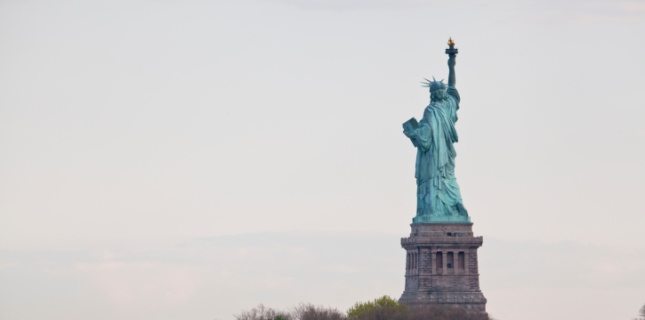
National Park Tourism in New Jersey Creates $159.5 Million in Economic Benefit
On Jul 18, 2014A new National Park Service (NPS) report shows that 5,028,644 visitors to national parks in New Jersey spent $159.5 million and supported 2,328 jobs in the state in 2013.
“The national parks of New Jersey attract visitors from across the country and around the world,” said Northeast Regional Director, Mike Caldwell. “Whether they are out for an afternoon, a school field trip, or a family vacation, visitors come to have a great experience, and end up spending a little money along the way. This new report shows that national park tourism is a significant driver in the national economy – returning $10 for every $1 invested in the National Park Service – and a big factor in our state’s economy as well, a result we can all support.”
The national parks in New Jersey are Delaware Water Gap National Recreation Area, Gateway National Recreation Area, Morristown National Historical Park, Paterson Great Falls National Historical Park, and Statue of Liberty National Monument and Ellis Island.
The peer-reviewed visitor spending analysis was conducted by U.S. Geological Survey economists Catherine Cullinane Thomas and Christopher Huber and Lynne Koontz for the National Park Service. The report shows $14.6 billion of direct spending by 273.6 million park visitors in communities within 60 miles of a national park. This spending supported more than 237,000 jobs nationally, with more than 197,000 jobs found in these gateway communities, and had a cumulative benefit to the U.S. economy of $26.5 billion.
The 2013 economic figures are somewhat lower than the 2012 results. The 16-day government shutdown in October 2013 accounted for most of the decline in park visitation. The authors also cited inflation adjustments for differences between visitation and visitor spending, jobs supported and overall effect on the U.S. economy.
According to the 2013 economic analysis, most visitor spending was for lodging (30.3 percent) followed by food and beverages (27.3 percent), gas and oil (12.1 percent), admissions and fees (10.3 percent) and souvenirs and other expenses (10 percent).
The largest jobs categories supported by visitor spending were restaurants and bars (50,000 jobs) and lodging (38,000 jobs).



